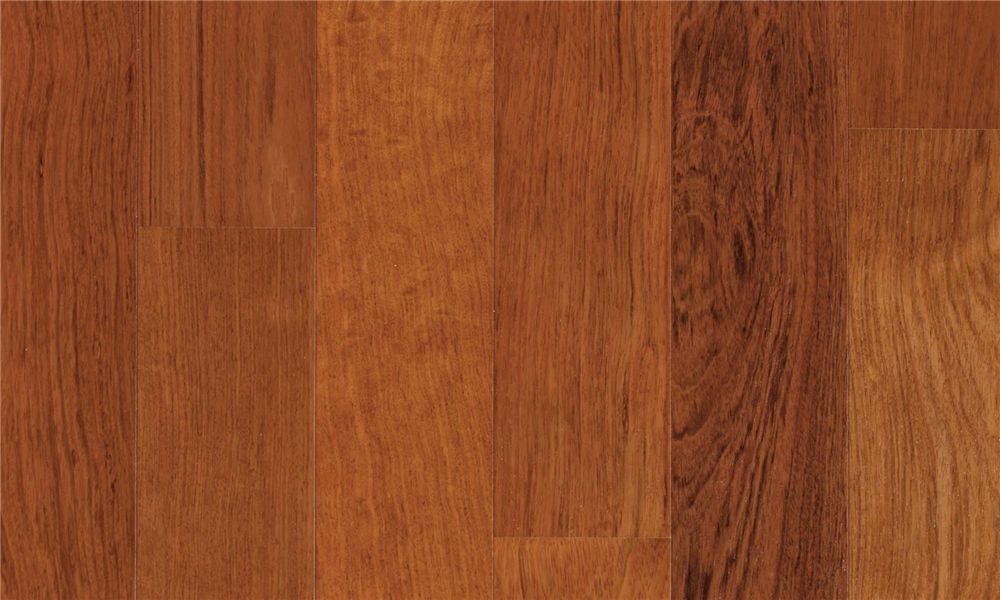floor sanding is a process that’s used to remove scratches, smudges, and other imperfections from the surface of a floors. It’s an essential step in keeping your floor looking clean and new.
There are several different types of floor sanders available on the market, each with its specific features and advantages. The most common type is the belt sander, which uses revolving disks to smooth out the surface. Other popular types of sanders include the drum sander and the disc sander.
Each type of sander has its strengths and weaknesses, so it’s important to choose the right one for the job at hand. For example, drum sanders are better for large areas that need a lot of coverage, while belt sanders are better for smaller areas that need more precision.
It’s also important to take into account the material you’re using your floor Sander on. Wood floors require special care because they can easily become damaged if not treated correctly. So always use caution when using a wood-based floor sander on delicate surfaces!
What Are the Different Types of Floor Sanders?
There are several different types of floor sanders, each with its advantages and disadvantages. Here is a brief overview of the most common ones:
- Rotary floor sanders: These are the most popular type of floor sander and are suitable for both small and large areas. They have a revolving drum that spins at high speeds, removing the finish or coating on the floor.
- Belt sanders: Belt sanders work by moving a long belt across the surface of the wood, which scrapes off the finish. They’re not as effective as rotary Sanders in terms of removing large amounts of paint or finish, but they’re easier to use because you can move them around easily.
- Random orbital sanders: These crushers work by spinning a disc in circles at high speed, which grinds down surfaces. They’re very versatile and can be used for a variety of applications, including Floor Sanding.
- Disk Sanders: Disk Sanders is similar to Disk Sanders in that they use disks to remove finishes and coatings from floors. However, they also have a pad that attaches to the disk and has spikes on it. This helps to puncture through harder coats and gives you better control over where you apply pressure while sanding.
How to Check for Unevenness Before Floor Sanding
Before you start sanding, it’s important to check for any unevenness on the floor. This will ensure that you’re sanding only the areas that need it and that your work is being done efficiently and effectively.
To do this, first, find the peaks and valleys on the floor. These will indicate where the highest and lowest points are, respectively. Use a level to help you determine where these points are, and then use a square or tape measure to measure from each peak to each valley. Once you have measured both vertically and horizontally, you’ll know how much sand to use to achieve an even finish.


